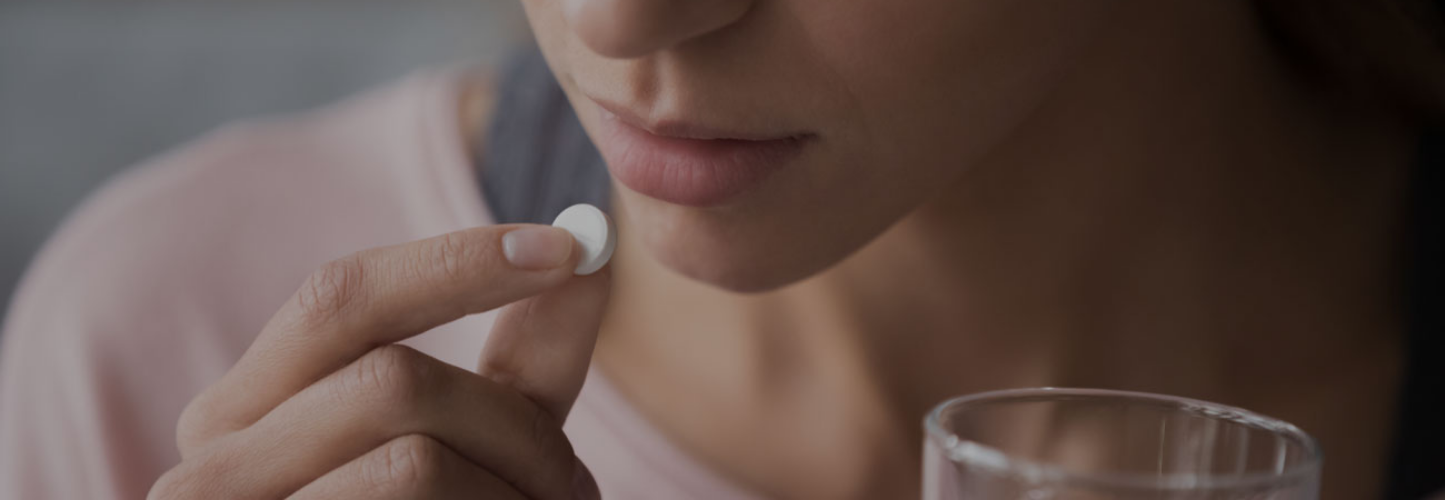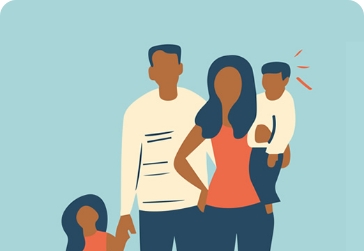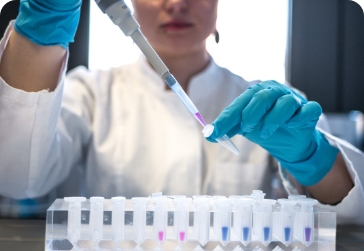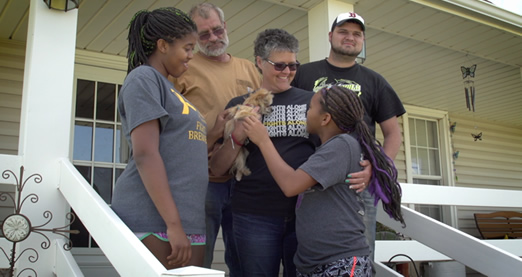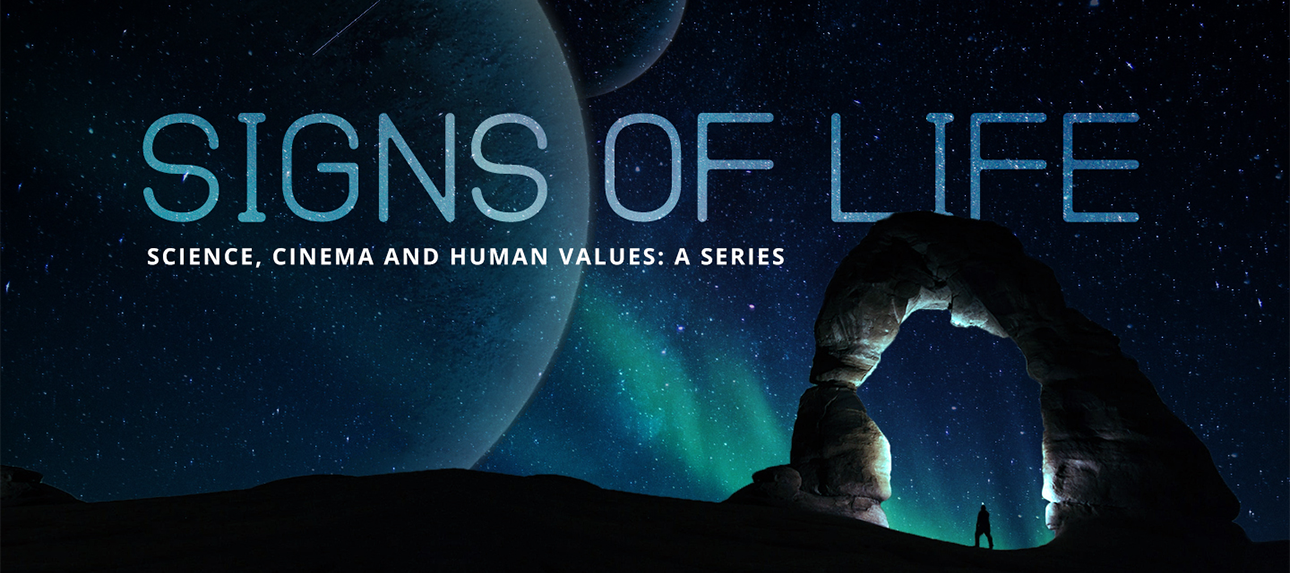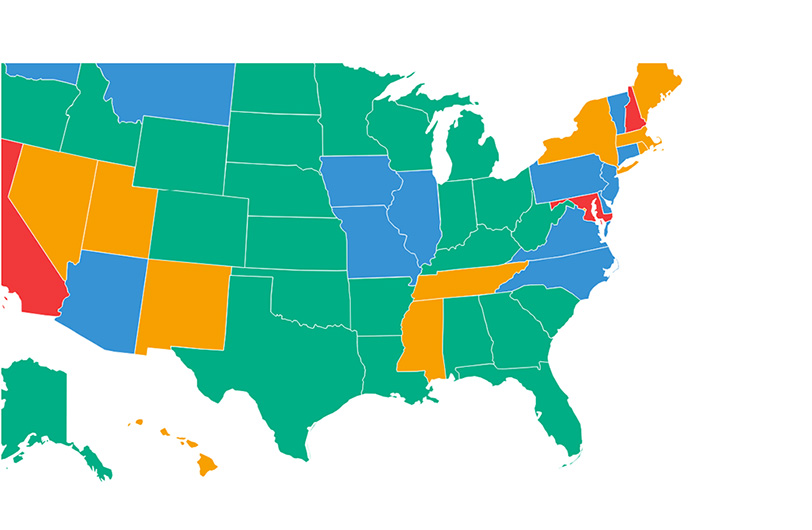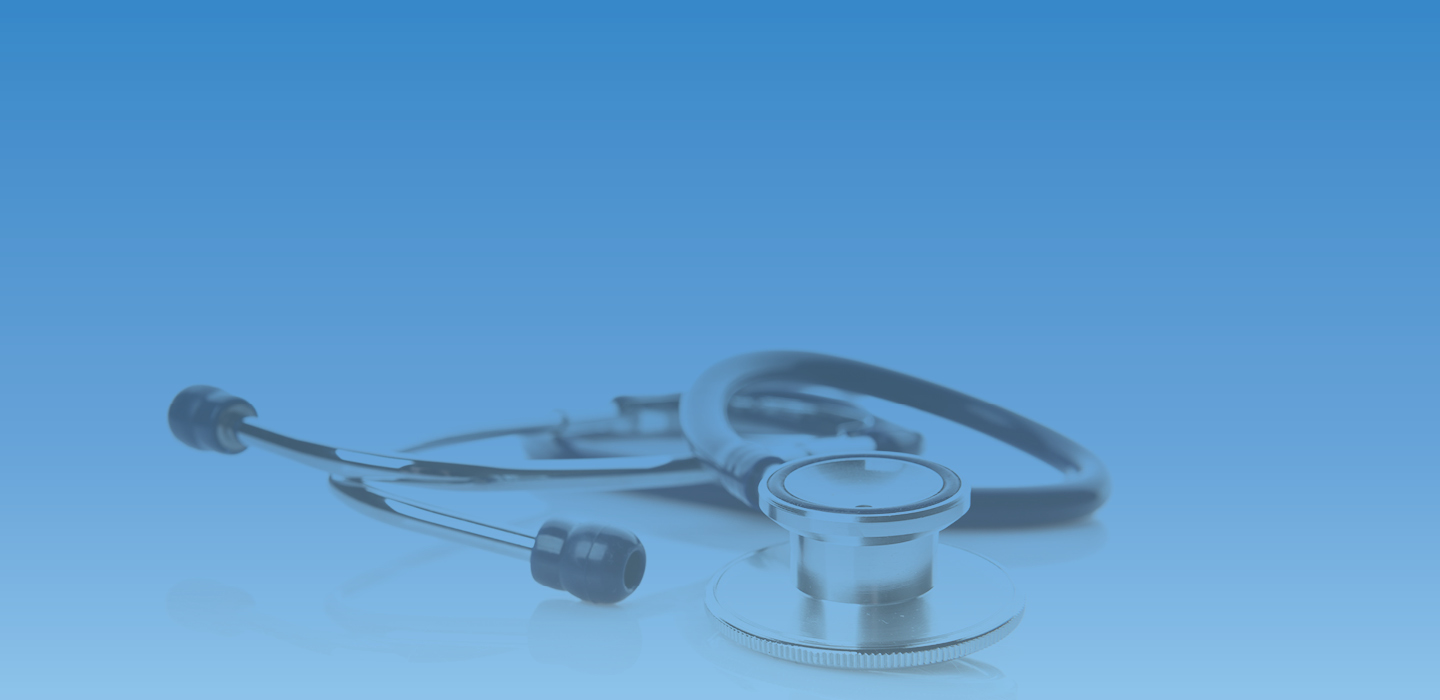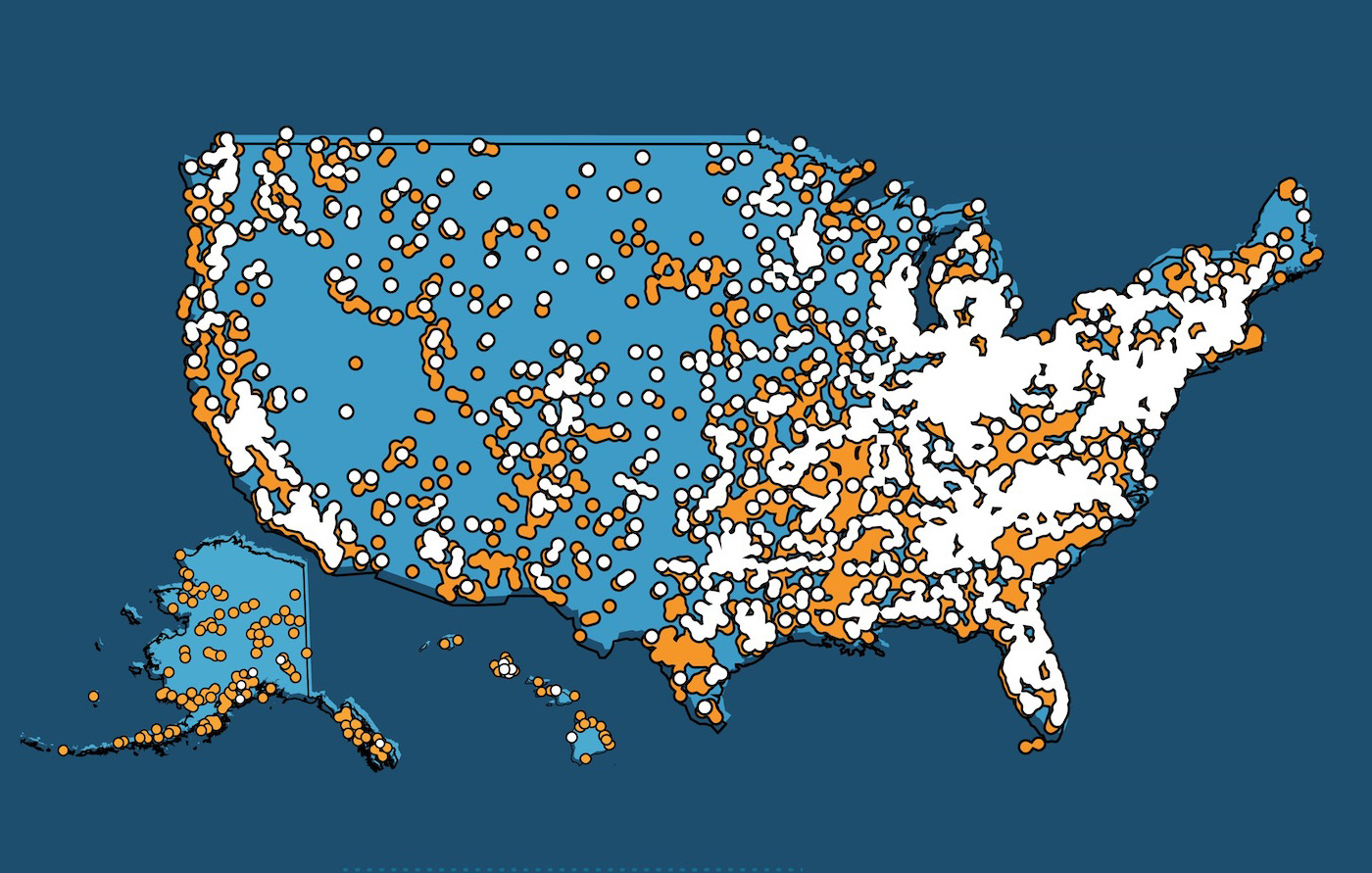Once the blastocyst implants into the uterine wall, this embryo begins receiving nourishment from the mother. The cells on the outside of the blastocyst, called the trophoblasts, facilitate the implantation into the mother’s endometrium. These embryonic cells form the placenta and umbilical cord.1 During the second week after conception, also known as the fourth week gestation, the embryo forms a yolk sac from some of the inner cells of the blastocyst. The embryo’s first blood cells and future reproductive cells form in the yolk sac. Later, the yolk sac becomes part of the lining of the digestive system.2
Become A Defender of Life
Your donation helps us continue to provide world-class research in defense of life.
DONATECharlotte Lozier Institute
Phone: 202-223-8073
Fax: 571-312-0544
2776 S. Arlington Mill Dr.
#803
Arlington, VA 22206
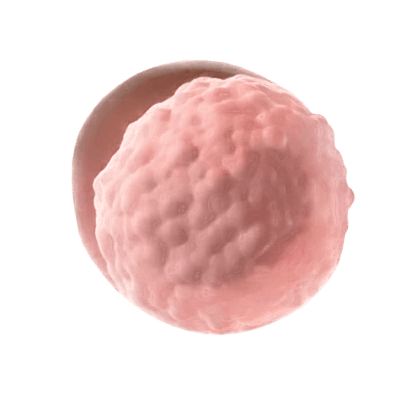
Week 4
Implantation and beginning of nourishment
- Post-conception week 2
- Days 7-13
- Gestational Week 4
The hollow ball of embryonic cells, called the blastocyst, implants in the lining of the mother’s uterus.
The inner cells in the blastocyst form the embryo and the outer cells help form the connection between the mother and embryo – the placenta.
By the end of the fourth week, the embryo usually creates enough of the hormone hCG to detect the pregnancy with a home pregnancy test.
Implantation takes a couple of days. Around six days after conception, the blastocyst attaches to the mother’s uterine wall, called the endometrium. The blastocyst spends the next few days embedding completely into the endometrium.
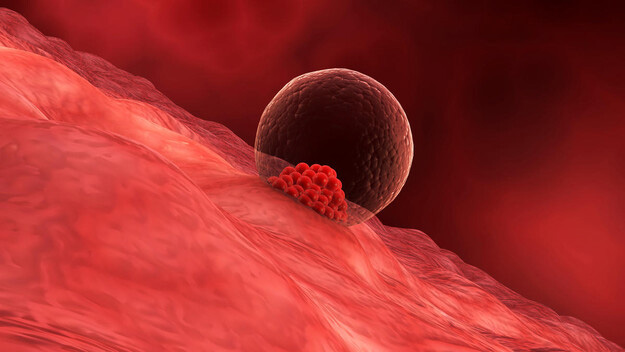
The pre-placental cells of the pregnancy, called trophoblasts, start producing a hormone called human chorionic gonadotropin hormone, or hCG. This is the hormone detected in home pregnancy tests. The embryo’s trophoblasts produce enough hCG to detect with a home pregnancy test about 11 days after conception.3 HCG prompts the corpus luteum, which is the cyst in the mother’s ovaries where the egg was released, to make progesterone. Progesterone stops the mother’s menstrual cycle and maintains the lining of the uterus – allowing pregnancy to continue.4
